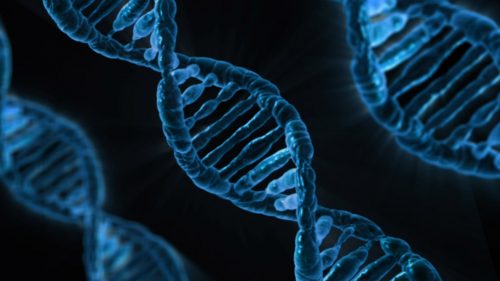Genetics courses at universities across the country would do well to add Jennifer Doudna’s and Samuel H. Sternberg’s A Crack in Creation: Gene Editing and the Unthinkable Power to Control Evolution to their syllabi. This account of the rise of CRISPR editing, written from Doudna’s perspective as the head of the lab that first put the technology to use, covers the history of genetic manipulation with a thoroughness and accessibility that most textbooks on genetics can only dream of achieving.
This quality of work is appropriate, considering the breadth and depth of the topics the coauthors cover, from growing human organs in pigs to the possibility of eradicating mosquitoes forever. In the end, it all circles back to CRISPR, a technology derived from bacteria that allows scientists to edit genes in almost any organism with unprecedented precision and accuracy.
The book is at once a love letter to the process of scientific discovery and an homage to the succession of biochemists and biologists who advanced the knowledge needed to understand the mechanisms of different gene-altering technologies. Names, dates, and contributions are elegantly, meticulously recounted and explained in a way that neither loses the reader to jargon nor insults the reader’s intelligence by dumbing down the essence of the scientific principles that led to the essence of important scientific principles that led to the discovery, such as nonhomologous recombination or zinc-finger nucleases.
According to Doudna, what is eunprecedented about this new gene-editing technology is not the scope or precision of its power, but rather the timing of its discovery. Both the scientific community and society at large remain ill-equipped to make ethical and moral decisions delineating its use. Towards the end of the book, there is a call for scientists to practice greater transparency and more open communication and for the public to be willing to engage in scientific dialogue. Unlike the discovery of the CRISPR system, this prerogative is nothing new or radical, but it does come at a time when the need for collaboration among the public, the government and the scientific community is greater than ever, a sentiment alluded to in a section discussing controversy over the ethics of editing genes in everything from crops to human embryos.
This thoughtfully written book is suited for anyone with an interest in the history of scientific discovery, and its focus on opening a broader discussion on the ethical and moral use of technology make it an engaging read for layreaders and career biologists alike.

